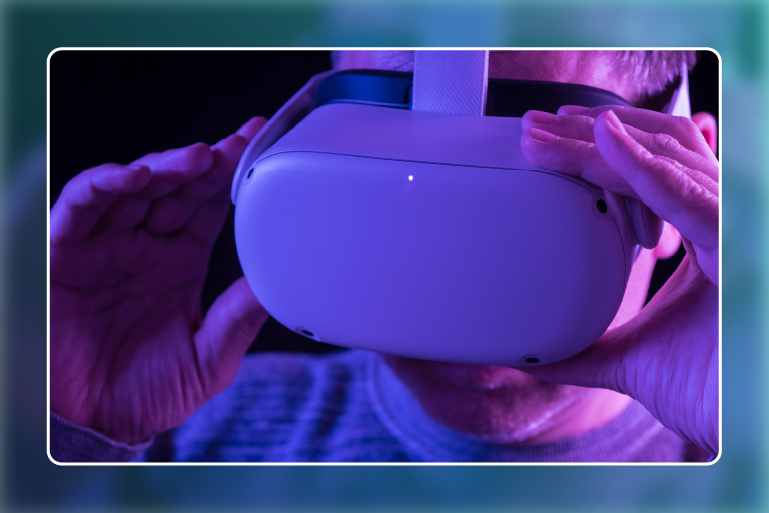Virtual reality (VR) is one of the technologies transforming the world as we know it, allowing people to experience environments and situations that once seemed unattainable. In this article, we will answer the most common questions about this technology that is redefining entertainment, education, business, and much more.
What is Virtual Reality? 
Virtual reality is a technology that uses specialized software and hardware to immerse the user in a three-dimensional computer-generated environment. Through devices like VR headsets or goggles, users can interact with digital worlds in an immersive way, feeling as though they are truly inside them.
Key Features:
- Total Immersion: Users feel as if they have been transported to another place.
- Interaction: Objects can be manipulated or virtual environments explored using controllers or sensors.
- Realistic Simulation: From natural landscapes to fantastical worlds, VR recreates environments with a high level of detail.
How Does Virtual Reality Work?

Virtual reality combines advanced technology and principles of human perception to create an immersive effect. Below, we explain the key elements of how it works:
1. Input and Output Devices
- Virtual Reality Headsets (HMDs): These are the primary means of immersion. The headsets feature screens for each eye, generating a sense of depth and three-dimensionality.
- Controllers: These enable interaction with the virtual environment, acting as extensions of the user’s hands.
- Motion Sensors: These track the user’s position and movements, adjusting the virtual environment accordingly.
2. Specialized Software
VR software generates virtual worlds and manages user interaction with them. These programs use advanced graphics and algorithms to simulate environments that respond realistically to the user’s actions.
3. Data Processing
VR devices process large amounts of information in real time. For example, if a user turns their head, the system adjusts the field of view to maintain the illusion of being in another place.
4. Simulation of Sounds and Sensations
- Spatial Audio: Headphones create sounds that seem to come from different directions, enhancing immersion.
- Haptic Feedback: Some systems include vibrations or resistance in controllers to simulate textures and forces.
What Is Virtual Reality Used For?

Although VR is primarily known for its use in video games, its applications go far beyond that. Here are some examples:
Entertainment:
- Immersive experiences in video games.
- Viewing movies or concerts from a unique perspective.
Education and Training:
- Surgical simulations for medical professionals.
- Training in hazardous environments such as fires or confined spaces.
Business:
- Product design in 3D environments.
- Remote meetings and collaboration in virtual spaces.
Real Estate:
- Virtual property tours.
Health:
- Therapies for treating phobias or anxiety disorders.
The Future of Virtual Reality
With advancements in technology and accessibility, VR will continue to expand its horizons. From integration with artificial intelligence to the development of more compact and affordable devices, the possibilities are endless.
If you want to explore how virtual reality can benefit your business or project, Perspektiva 360 is here to help. Contact us for more information about our innovative solutions.








